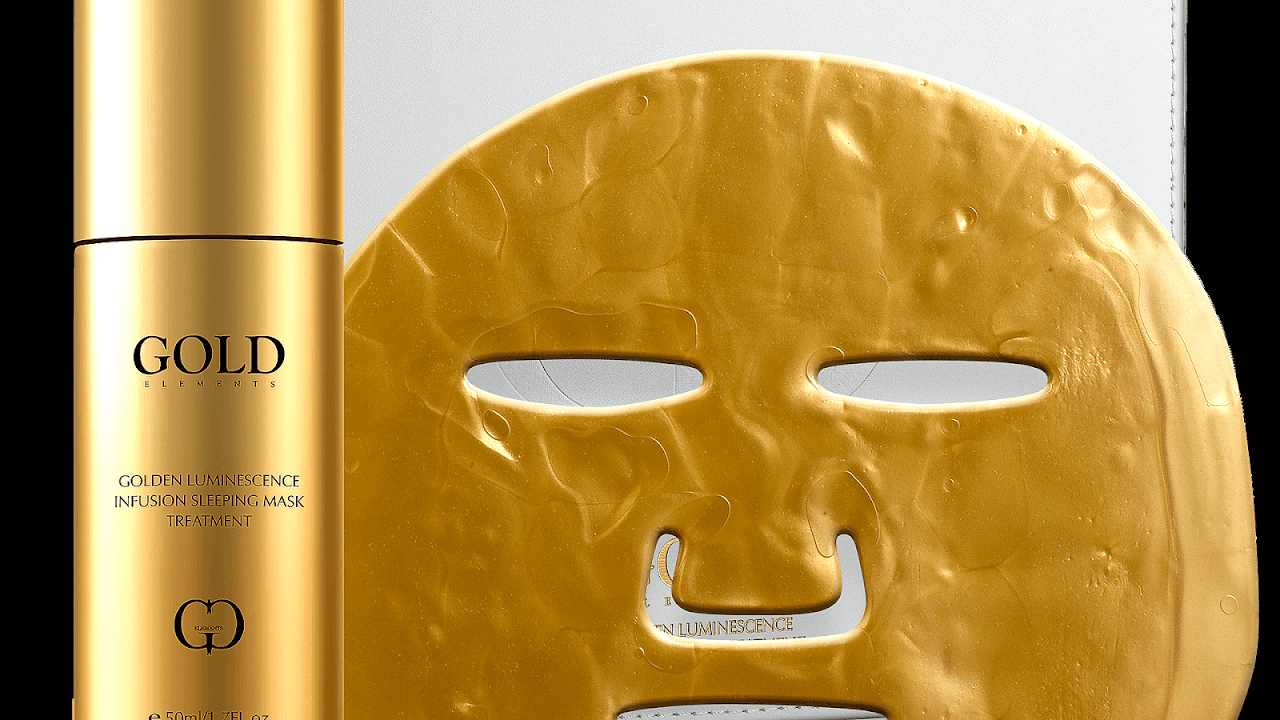
Anti-aging creams are predominantly moisturiser-based cosmeceutical skin care products marketed with the promise of making the consumer look younger by reducing, masking or preventing signs of skin aging. These signs are laxity (sagging), rhytids (wrinkles), and photoaging, which includes erythema (redness), dyspigmentation (brown discolorations), solar elastosis (yellowing), keratoses (abnormal growths), and poor texture.
Despite great demand, many anti-aging products and treatments have not been proven to give lasting or major positive effects. One study found that the best performing creams reduced wrinkles by less than 10% over 12 weeks, which is not noticeable to the human eye. Another study found that cheap moisturisers were as effective as high-priced anti-wrinkle creams. A 2009 study at Manchester University showed that some ingredients had an effect.
Traditionally, anti-aging creams have been marketed towards women, but products specifically targeting men are increasingly common.

Maps, Directions, and Place Reviews
Ingredients
Anti-aging creams may include conventional moisturising ingredients. They also usually contain specific anti-aging ingredients, such as:
- Retinol (for instance, in the form of retinyl palmitate). In various formulations it has been shown to reduce fine lines and pores.
- Epidermal growth factor, to stimulate cell renewal and collagen production in the skin, and strengthen elasticity and structure. The discovery of epidermal growth factor won Dr. Stanley Cohen and Rita Levi-Montalcini a Nobel Prize in Physiology and Medicine in 1986. In various research epidermal growth factor has been shown to reduce fine lines, wrinkles and sagging. It also has healing (wounds and burns) and anti-inflammatory properties when applied to skin.
- Alpha hydroxy acids (AHAs) and beta hydroxy acids or other chemical peels. These help to dissolve the intracellular "glue" that holds dead cells together on the skin. The use of this type of product on a daily basis gradually enhances the exfoliation of the epidermis. This exposes newer skin cells and can help improve appearance. AHAs may irritate some skin, causing redness and flaking.
- Peptides, such as Matryxil and copper peptides.
- Coenzyme Q10
- Argireline (also known as acetyl hexapeptide-3). This peptide relaxes facial muscles to prevent wrinkles and fine lines from forming.
- Anti-oxidants are substances that may protect cells from the damage caused by unstable molecules known as free radicals. The studies so far are inconclusive, but generally don't provide strong evidence that antioxidant supplements have a substantial impact on disease.
- Sunscreens provide a high level of UVA protection against the effects of UVA radiation, such as wrinkles.
- Vitamin C is supposedly one of the most effective and commonly included ingredients in wrinkle creams. It is also thought to help the healing process.
24k Gold Facial Treatment Video
Alternative approaches
Traditional moisturisers or sunscreens may provide many of the same benefits as some anti-aging creams.
Facial toning, either by hand, hands-free devices or through electrostimulation of the facial muscles, is thought by some to reduce wrinkles.
Mechanical exfoliation is an alternative to chemical peels using ingredients such as crushed apricot kernals, salt, sponges or brushes.
Advertising sometimes presents anti-aging creams as an alternative to plastic surgery and botox injections, which may be more costly and invasive treatments.
Anti-aging and wrinkle creams are criticised by some for being expensive, unnatural, and not clinically proven to work.
Source of the article : Wikipedia


EmoticonEmoticon